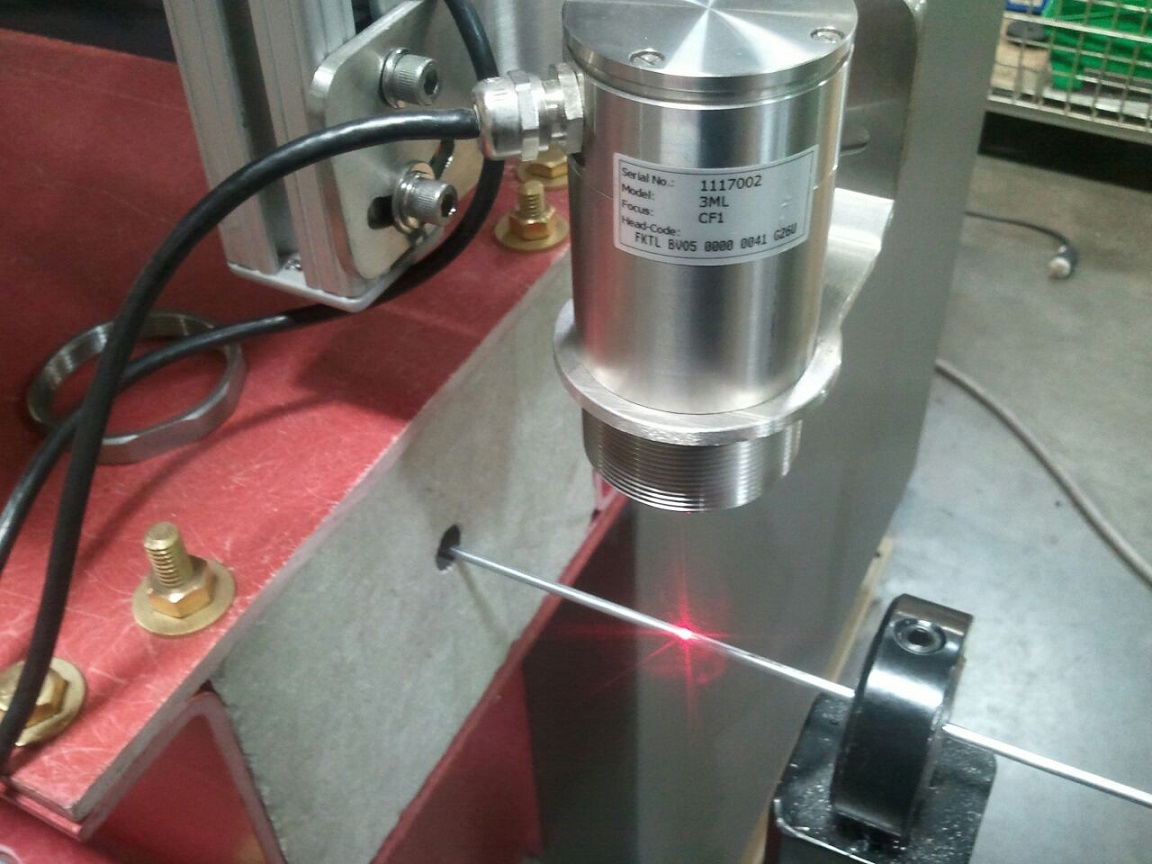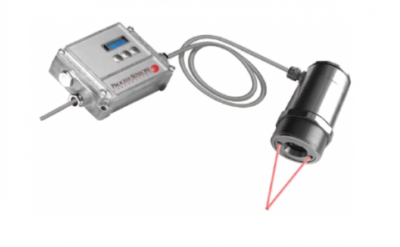-
Industries & Applications
-
Products
-
Support
- Request a Demo
-
What's New
- Company
- Contact
- +1-774-399-0461
Wire and Cable Drawing Temperature Measurement

The wire drawing metalworking process is used to reduce the cross-section of wire by pulling it through one or more dies. There are many applications that use wire drawing, including electrical wiring, cables, springs, wheel spokes, paper clips and even strings for musical instruments.
As wire is pulled through the die (drawn), its diameter decreases and length increases. In most cases more than one draw through successively smaller dies is necessary to achieve the desired size. In the production of electrical conducting wire, the cross-sectional area is important in determining its current carrying capacity.
The manufacture of insulated and sheathed wire cable is heavily dependent on precise temperature measurement and control at numerous critical stages that include wire preheat, wire coating (lubrication), and braiding or sheathing. Failure to maintain specified temperatures at each stage can result in defective product.
The Wire and Cable Drawing Process
The process begins with bare wire that is preheated by a mini gas-fired furnace or induction heating. Often the wire is then coated (lubricated) before being drawn. Controlling the speed of the wire through the drawing die, wire temperature and coating material temperature are critical for achieving the desired diameter and surface finish of the wire as well as long die life. Variations of diameter and surface finish can adversely affect downstream processes of braiding, sheathing, and coiling. Improper sheathing can impact insulation properties of electric cables making them unsafe. Although not all wire is used for conducting electricity, most other wire and cable applications have similar production requirements.
Process Sensors Corporation (PSC) Solutions
Non-contact infrared temperature sensors from PSC have been effectively used for decades to measure and control temperature in the wire and cable drawing process. For bare wire production utilizing a lubricant, the model PSC-CS-Laser-LT-CF or PSC-SSS-Laser-LT-CF is ideal for the task. For bare wire and cable drawing production without use of a lubricant the model PSC-SSS-Laser-3ML-CF is recommended.
To learn more about how PSC can optimize your wire and cable drawing operation, please fill out the contact form below.
Featured Solutions
-

PSC-SSS-Laser Series
Two piece and 1-color digital model PSC-SSS-Laser Series offers high resolution optics, dual lasers for aiming, fast response speed, on board back lit temperature display, and a large choice of wavelengths for a variety of industrial, medical, and scientific applications. Offered in temperature ranges from -40 to 2200°C